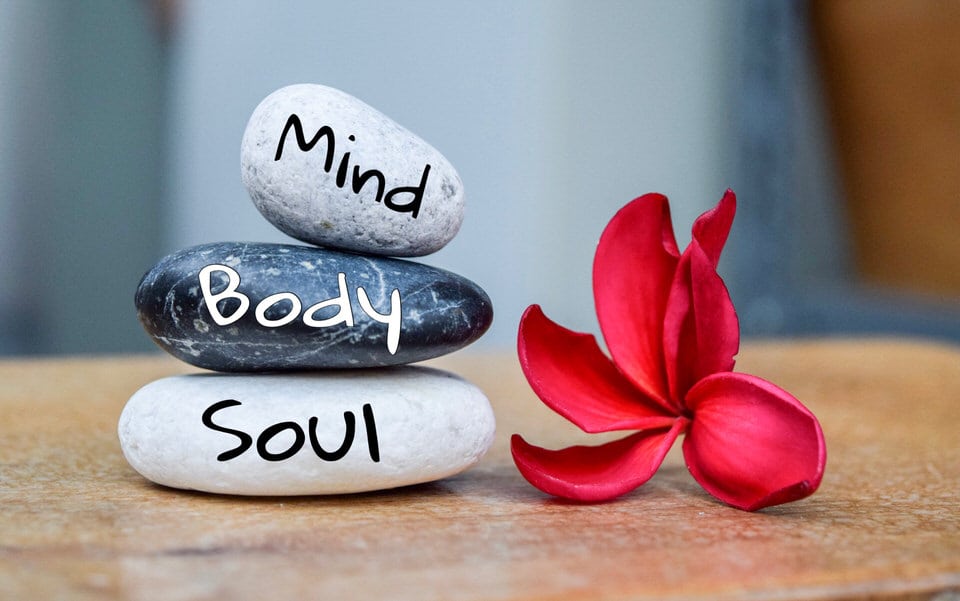With so many chemicals in everything we eat, it is quite difficult to keep all the junk out of our…
Read More

With so many chemicals in everything we eat, it is quite difficult to keep all the junk out of our…
Read More
Getting health insurance quotes without giving your phone number is easy and something you should do right now. Whenever you…
Read More
The majority of people who use medicinal cannabis tend to use it for counteracting the symptoms of a long standing…
Read More
Obesity, which contributes to several health problems like cancer, stroke, diabetes and high blood pressure has become epidemic and affects…
Read More
Why are Americans so worked up about health care reform? Statements such as “don’t touch my Medicare” or “everyone should…
Read More
Basically curry’s medical benefits are derived from their spice rich ingredients; here is the break down of usual spices found…
Read More
American’s are looking for lower cost alternatives when it comes to their healthcare needs. Those who do not need a…
Read More
Many people are aware that exercise is an integral part for the human body. It helps keep maintain a healthy…
Read More
The first thing to emphasize is that I’m not a medical professional and I’m not giving medical advice about any…
Read More
When you are considering health insurance it is essential that you ask a number of specific questions about a health…
Read More